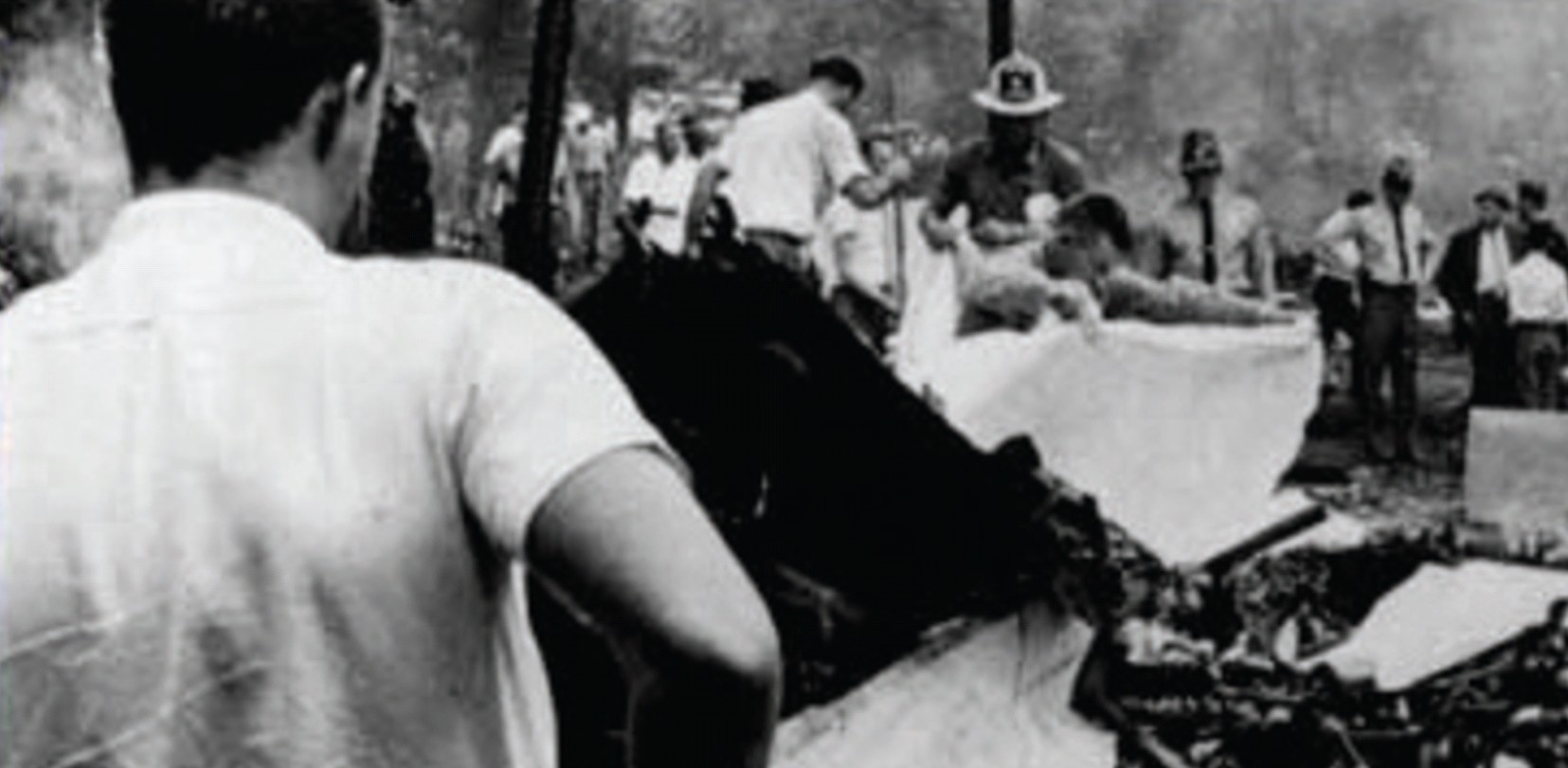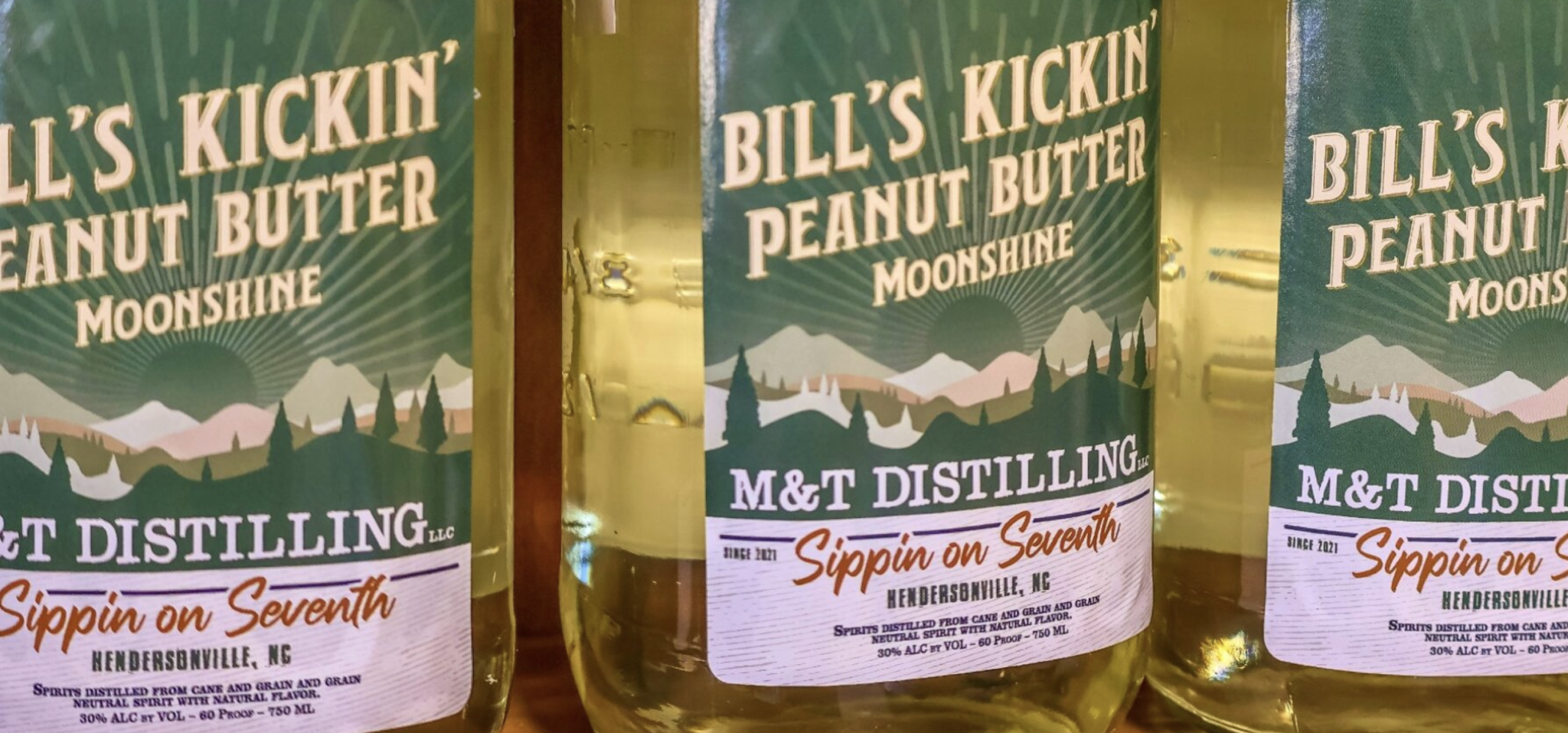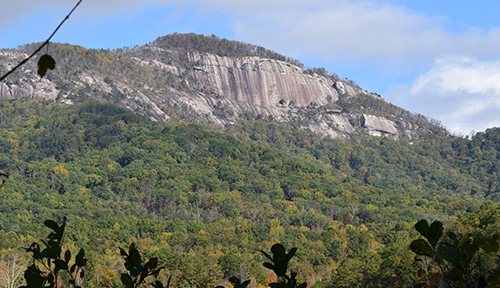DuPont State Recreational Forest
The DuPont State Recreational Forest is almost 10,500 acres of forest, hiking trails, lakes, waterfalls, and the Little River traverses the property. The DuPont State Recreational Forest sits on the Henderson/Transylvania County border in North Carolina.
The original deed for the land that was to become part of the DuPont State Recreational Forest goes back to John Thomas Jr. in 1799. He conveyed the land to three sons in 1813. One of those sons, Micajah, was born in 1808. He farmed the land and built a homestead for himself and the Buck Forest Inn for travelers on an early road between Hendersonville and Brevard.
As is the case with most areas in the mountains around Hendersonville, the property that was to become the DuPont State Recreational Forest is rich with family legends concerning the Civil War. According to Thomas family legend, Micajah was blinded at the hands of Union Troops looking for information toward the end of the war. He was struck by the rifle butts of Union troops. When they didn’t get the information they wanted, the troops burned the Buck Forest Inn and the Thomas homestead. Micajah Thomas died in 1883 and is buried in the Thomas Family Cemetery on the DuPont State Forest property.
In the early 1800’s the Moore family owned the land around what was to become Hooker Falls. In 1882 the Moore family sold the land to three Hooker brothers. One of the brothers started a grist mill beside the Falls, which later bore their name.
Two things that were constant throughout the development of the DuPont State Recreational Forest were the harvesting of timber from the forest by local lumber mills and wildfires.
In the early 1940’s and periodically throughout the 20th century, several wildfires burned the property with the biggest being in 1943, which burnt a large portion of the area west of the Little River.
The Coxe family in Asheville leased over 5,000 acres of the area in the 1940’s to use primarily for hunting and fishing. During this time, they built the Buck Forest Lodge near High Falls to be used as a hunting cabin. A caretaker house and a barn were also built on this property. The house and barn were near where Joanna Road and the Pitch Pine Trail now intersect.
Joe Golden was hired to be the caretaker for the Coxe family. He farmed crops in the area and ran a small sawmill near the Little River. Triple Falls on the Little River became the scene of Joe Golden’s unsolved murder on Mother’s Day in 1947. Newspaper reports said that his body had been found a day after the murder with a single gunshot wound to the chest from his own pistol. An investigation was conducted by local law enforcement but no one was ever charged.
In the 1950’s, the DuPont Corporation bought almost 10,000 acres and in 1955 a plant manufacturing silicon chips was opened. Later in 1958, DuPont started making x-ray film. In the late 1950’s, DuPont started a forest management program under the leadership of Charles Paxton and they started allowing companies like Champion Paper Mill in Canton to harvest some of the timber.
Today the DuPont State Recreational Forest is almost 10,500 acres with about 2,600 acres of that falling under the North Carolina Natural Heritage Program for special ecological significance. These ecological communities are protected under this program.
The DuPont State Recreational Forest is a 10,473 acre forest maintained by the North Carolina Forest Service. The Forest is well known for its four major waterfalls on the Little River- Triple Falls, High Falls, Bridal Veil Falls, and Grassy Creek Falls- five lakes of which Lake Julia at 99 acres is the largest, and 82 miles of roads and trails. The trails are multi-use and are popular among horseback riders, hikers, and bicyclists. The lakes and forests are also popular for fishing and hunting with the proper permits.
I used several websites when researching the DuPont Forest. The official website is run by the North Carolina Forest Service, ncforestservice.gov. Another unofficial website, www.dupontforest.com, is run by a group called, “Friends of the Dupont Forest.” Both of these websites have maps and the rules of the forest on them.
For the history of the DuPont Forest and the surrounding land, I turned to a local history website, hendersonheritage.com. This is a great website about a lot of the history of the people and places in Henderson County.
Dan Gibbs is a Henderson County native and received his Bachelor of Science degree in History from Appalachian State University in 1988 and his Master of Arts degree in American History from Western Carolina in 2002. He developed a keen interest in history from listening to stories told by his great-grandfather, grandfather, and father. He can trace his lineage in Western North Carolina back to the 1780’s. Dan also writes a blog on the history of Western North Carolina at danswnchistoryblog.blogspot.com.







